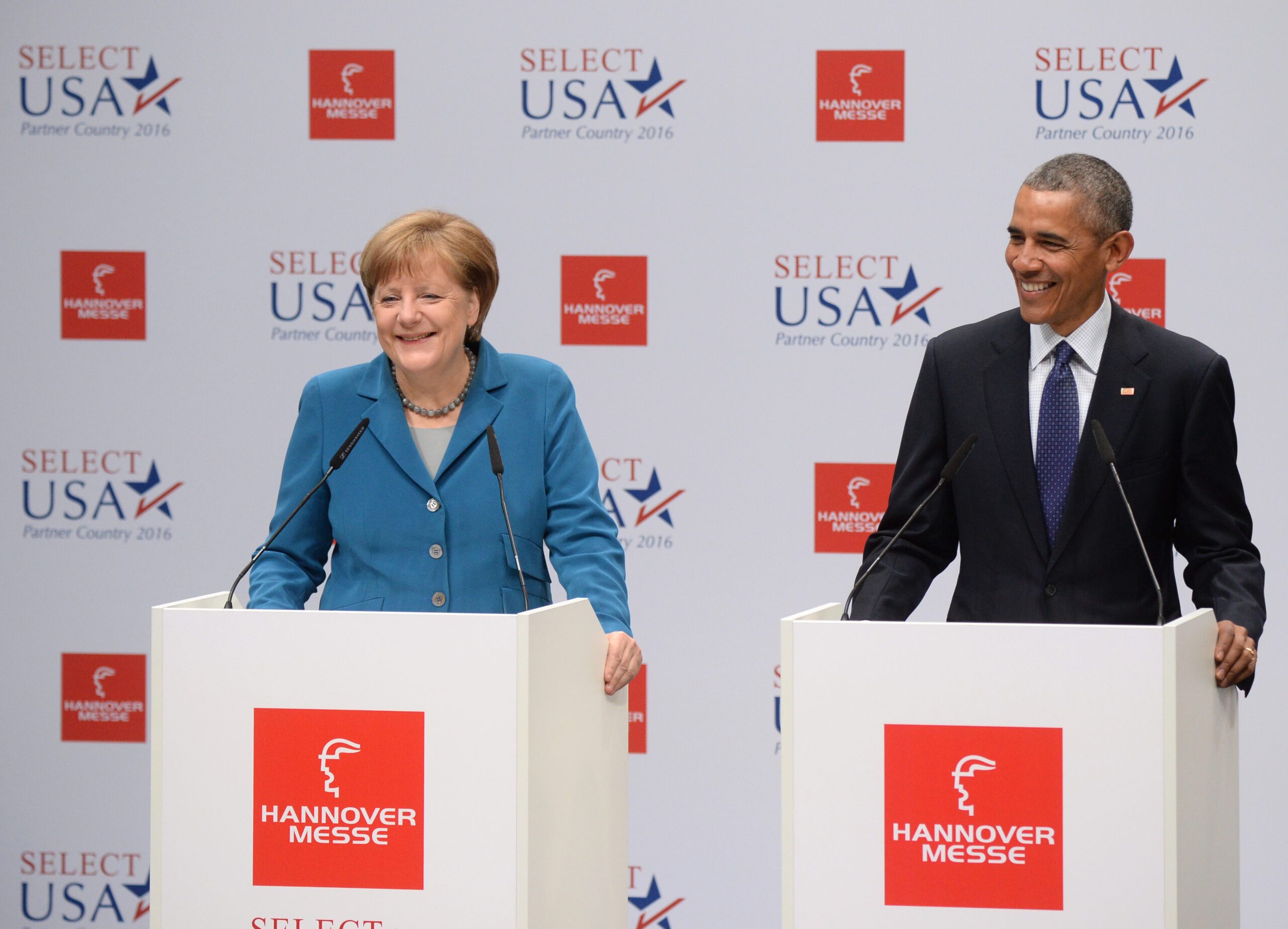SUMMARY
This is AI generated summarization, which may have errors. For context, always refer to the full article.

PARIS, France – The European Union and United States are thrashing out plans for a vast free-trade zone, unifying rules and slashing tariffs to create a combined market of 850 million people.
Here are the 5 key facts:
The goal
The aim of the Transatlantic Trade and Investment Partnership is to boost trade between the two sides so as to create wealth for business and, in theory, workers and the broader economy. Trade flows are already huge, with US exports to Europe amounting to more than $730 million (636 million euros) in goods every day.
“TTIP is an immensely important agreement, with huge potential to create jobs and growth and to set standards,” EU Trade Commissioner Cecilia Malmstroem said last year.
If the two sides reach an ambitious and comprehensive deal, it could give an economic boost of 120 billion euros to the EU and 95 billion euros to the United States by 2027, according to a 2013 study funded by the European Commission and carried out by the London-based Center for Economic Policy Research.
The talks
Trade negotiators from both sides hold 5-day sessions to hammer out a deal on regulations and tariff cuts. The latest session, the 13th, was completed in New York last week.
The European Commission has published various summaries but the talks are held behind closed doors and many details under discussion remain confidential. That has led to criticism that officials are haggling in secret over matters of public importance such as the environment, health, and consumer rights. (READ: US-EU trade deal ‘risks’ emerge in leak)
After the last session in New York, negotiators on both sides said they were determined to reach an ambitious deal despite increased criticism of the free-trade plan.
Global impact
The rules agreed for a future US-EU trading zone – covering everything from labels to hygiene or safety standards – would likely be adopted by companies around the world that want to secure easier access to a lucrative EU-US trading bloc.
“If we do it, we become the masters of the world standard,” said former World Trade Organization director general Pascal Lamy. “The Koreans, the Japanese, the Chinese will have to adjust to a European-American norm.”
One small hitch: the United States has just struck another such accord with their partners in Asia, the Trans-Pacific Partnership, which has similar goals.
A breakdown of the pact
The EU-US trade pact covers a vast array of commerce but can be broken down into 3 main areas, each of which has a significant impact on business and people’s lives:
– The first area is “market access.” This means eliminating or reducing customs tariffs on goods, making it easier for firms to enter foreign markets, bid for public tenders, and to ensure that the rules apply only to goods originating in the EU or US rather than re-exported products. This, for example, would resolve the problem of US olive oil exporters who have to pay $1,680 in customs duties per ton of olive oil sent to the EU, whereas the Europeans only pay $34.
– The second area is “regulatory cooperation.” This means agreeing uniform rules so that exporters only have to worry about one set of regulations, from labels to product tests or safety. This has an impact on deeply sensitive issues such as the use of pesticides on food or whether to allow the sale of beef raised with hormones.
– The third areas is “rules,” covering topics such as protection for geographic names like champagne, intellectual property rights, and how to settle disputes between companies and national authorities.
The risk of failure
Negotiations are moving slowly because they will affect consumers in many ways, often prompting deep concern or outright opposition. US President Barack Obama is pressing for a deal by the end of 2016, leaving little room for manoeuver.
On both sides of the Atlantic, support seems to be dwindling.
With US elections looming in November this year, Donald Trump, Bernie Sanders, and even Hillary Clinton have criticized aspects of the accord. Germany and France each face elections next year.
“The likelihood, or risk, of reaching any accord is fading,” France’s minister of state for foreign trade, Matthias Fekl warned last week.
German Economy Minister Sigmar Gabriel warned a week ago that the deal would fail if the United States refused to make concessions, notably on issues of European access to US public procurement contracts. For now, it is a “Buy American” pact, he said.
Many activists, pressure groups and professional organizations have also lined up against provisions of the pact ranging from food safety to environmental protection, intellectual property rights, the protection of farmers, or the sovereignty of governmental decisions when they are challenged by business. – Fabien Zamora, AFP / Rappler.com
Add a comment
How does this make you feel?
There are no comments yet. Add your comment to start the conversation.